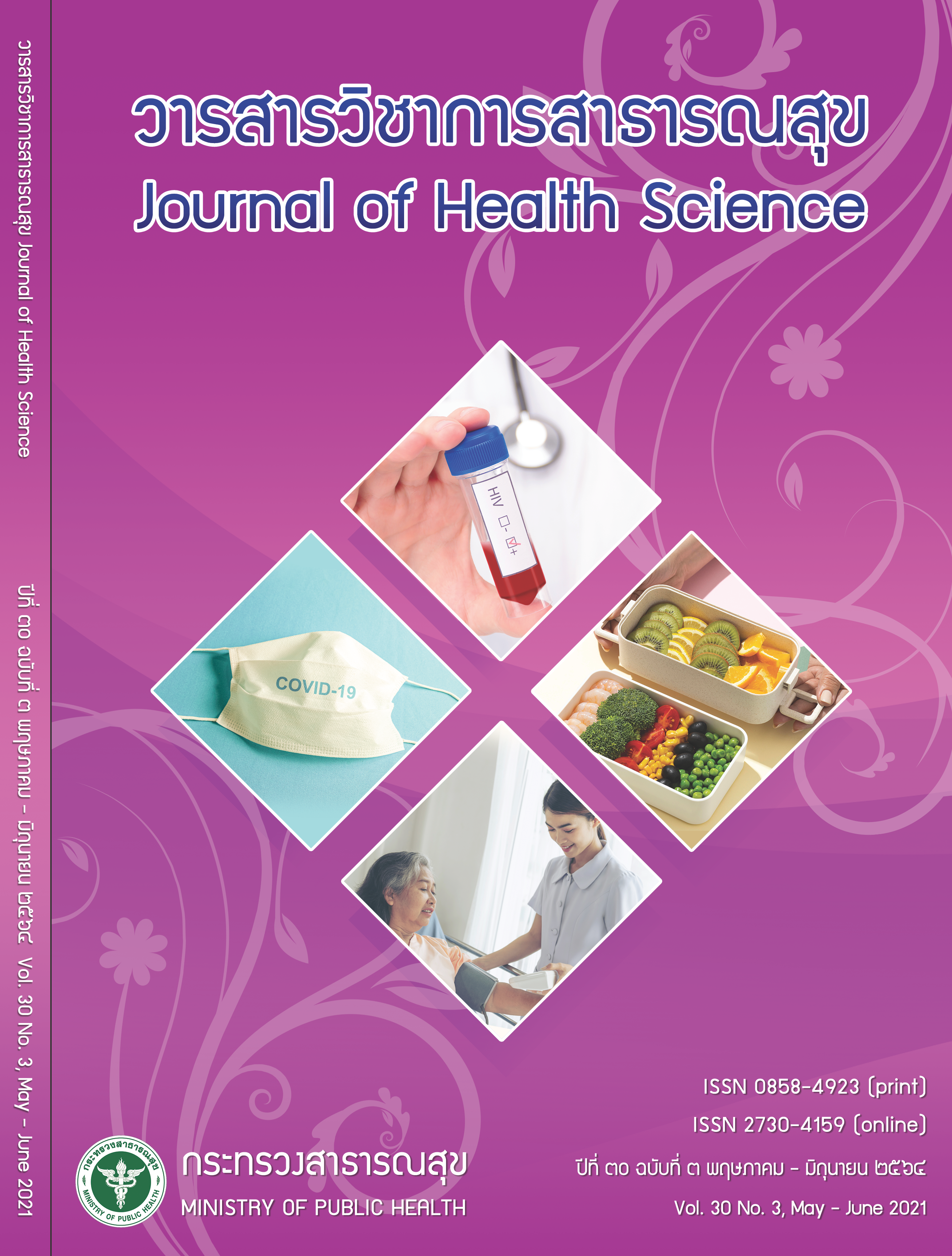Effect of Development of Community Participatory Model for Femur Fracture with Home Skin Traction
Keywords:
community participation, femur fracture, home skin tractionAbstract
The purposes of this action research were to develop and study the results of community participatory model for the care of femur fracture patients with home skin traction. The samples were patient with fracture at the neck of femur, intertrochanteric and sub-trochanteric areas with home skin traction in Pong Hospital, Chiangmai Province, selected by purposive sampling. The study was divided into two periods: fiscal year 2016 (14 patients) and fiscal year 2017 (19 patients). The research instruments were medical records, home visit records and self-report questionnaire. The care model was participated by multidisciplinary team and the Kemmis and McTagart’s PAOR process (planning, action, observation, and reflection ) was applied for continuous quality improvement. Data were analyzed by using descriptive statistics and the pair sample t-test. This study revealed that there were different between the results of care for patients between before and after the model development. The incidence of pressure sores decreased from 66.67 percent to 28.57 and 11.11 percent from 2015 to 2016 and 2017, respectivelyrespectively; and the percentage of good health practices while on skin traction increased from 28.58, 80.25 and 92.59 percent, respectively. The score of knowledge and self-care behaviors while on skin traction between before and after was statistically significant (p<0.01). These findings indicated that community participatory model for femur fracture care with home skin traction has enhanced continuing care, knowledge and self-care behaviors of the patients and care givers. In addition, the development of multidisciplinary team and village health volunteers had further improved the quality of care for femur fracture patients with home skin traction.
Downloads
Downloads
Published
How to Cite
Issue
Section
License

This work is licensed under a Creative Commons Attribution-NonCommercial-NoDerivatives 4.0 International License.







